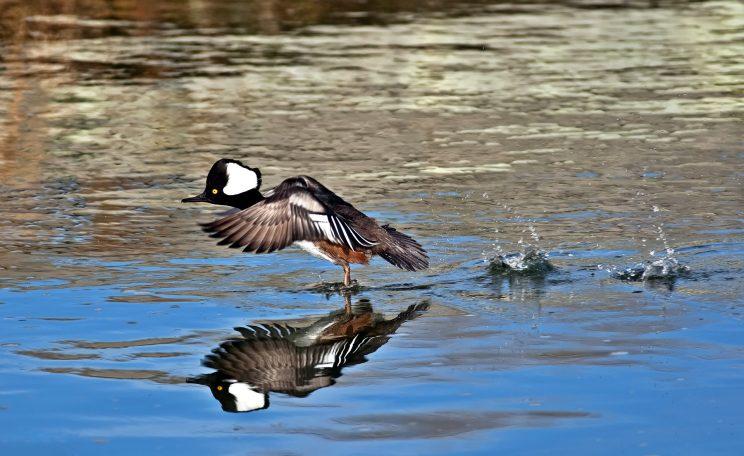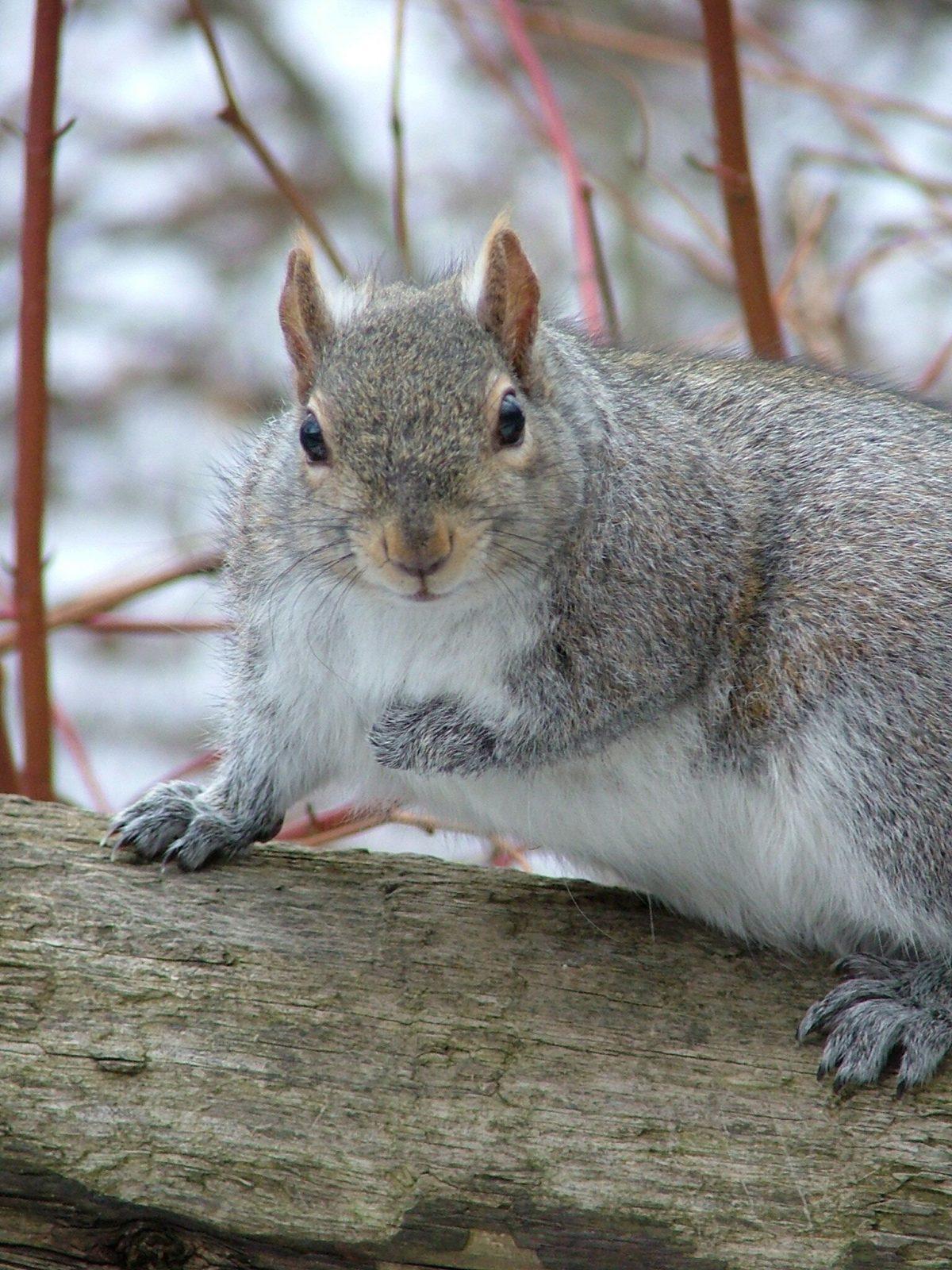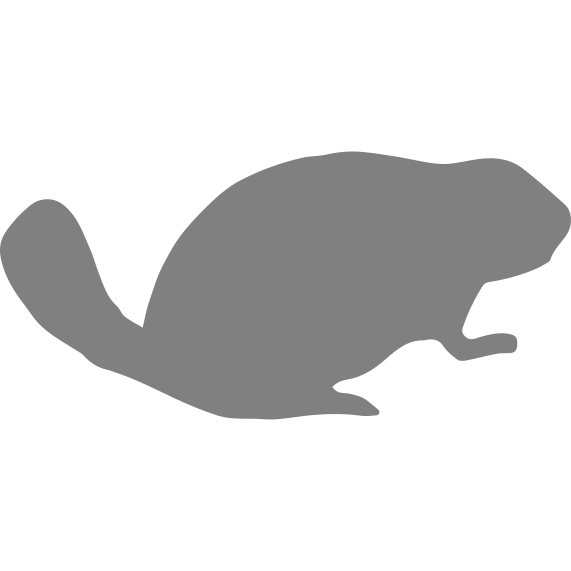by Sue Adorjan and Katherine Pawling
High Park is a great place to watch and learn about ducks 365 days of the year! These waterfowl are so popular that we have two pages about them on our website: see Ducks - Part A below and also Ducks - Part B.
Dabbling Ducks
A dabbling duck is a type of shallow water duck that feeds primarily along the surface of the water or by tipping headfirst into the water to graze on aquatic plants and vegetation. Species of dabbling ducks include mallards, northern shovelers, American wigeons, American black ducks, gadwalls and cinnamon teal.
The most common dabblers year round in High Park are the Mallards, American Black Ducks and the colourful Wood Ducks. There are often some "odd" looking mallards with atypical markings, which are known as "hybrids" (the result of two separate species interbreeding).
Another colourful duck is the Northern Shoveler, which at first glance may be mistaken for a mallard, but on closer examination , the bill is noticeably different. It inhabits wetlands across much of North America. Its elongated, spoon-shaped bill has comb-like projections along its edges, which filter out food from the water.
Other dabbling ducks with unique markings which frequent High Park include Green- and Blue-winged Teals, American Wigeons and Gadwalls.
Diving Ducks
A diving duck is a type of duck that dives deeply and swims underwater to feed on crustaceans, mollusks, insects, small fish and aquatic vegetation. Commonly called pochards or scaups, these ducks are part of the diverse Anatidae family that includes geese and swans .
Diving ducks are strong swimmers able to propel themselves under the water with large feet attached to short legs which are positioned far back on their bodies. However, this rear positioning of their feet makes them uncertain and awkward on land. Diving ducks sit low in the water and, when taking flight, need a running start along the water’s surface prior to becoming airborne but, with small wings relative to their body weight, they are very strong and fast once in the air.
Canvasbacks, Redheads, Scaups, Ring-neck Ducks and Ruddy Ducks are all diving ducks and are usually found on large, open bodies of water. Sea ducks, which include Long-tailed Ducks, Goldeneyes, Eiders, Mergansers and Buffleheads, are also commonly referred to as diving ducks because they feed by diving deeply underwater.
Diving ducks most commonly seen on Grenadier Pond, arriving late autumn, are Buffleheads and Mergansers. Once Grenadier Pond freezes over with ice these ducks will usually head slightly southwest to the open waters of Lake Ontario.
Generally, during the winter months in Ontario unfrozen lakes or shallow, protected saltwater bays will be replete with mixed flocks of divers and, though diving ducks will not usually approach people as Dabbling Ducks often will, they are interesting and fun to watch. However, keep your eyes open as these expert divers can swim long distances underwater testing both your eyesight and patience!
Sources
- Cornell Labs of Ornithology website





















